While we've previously examined anti-submarine warfare in WWII in some detail, including forces, weapons, sensors, and how the British managed the Battle of the Atlantic, I haven't touched on what I find to be the most fascinating aspect. The war against the U-boats gave birth to a new science, Operations Research, which would find applications in almost every field of human endeavor.1
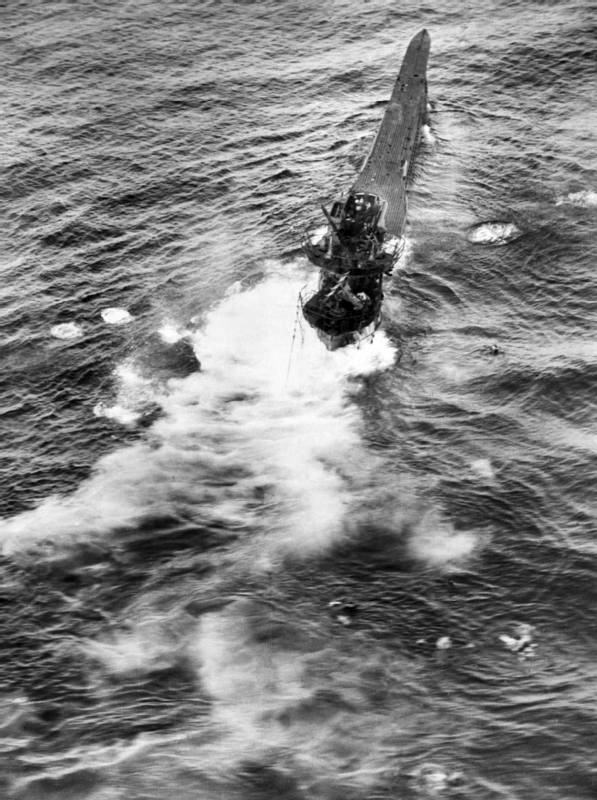
U-426 sinking in the Bay of Biscay
In principle, Operations Research or OR is fairly simple. It's the use of quantitative methods to provide decision-makers with information. Good OR recognizes that there are unquantifiable factors which may override the best numerical solution, and is most concerned with the use of existing equipment instead of the development of new technology. It's closely tied to fields such as industrial engineering and management science, but applies more broadly than either of those. A simple example can be found in Methods of Operations Research. An OR analyst saw that there was often a long line for soldiers to wash and rinse their mess gear at his new duty station. He also noticed that on average it took a soldier three times as long to wash as it did to rinse, but that there were two tubs for washing and two for rinsing. He suggested that one of the rinse tubs be switched to washing, and when the change was implemented, the line didn't even form most days.
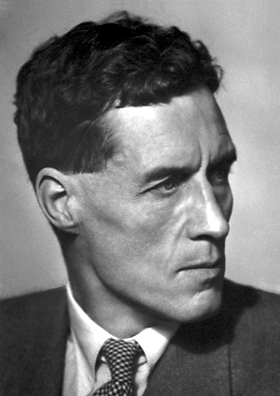
Patrick Blackett
While this sort of thing may seem mundane today, it was revolutionary at the time, and it was carried out almost entirely by scientists from other fields ranging from physics to botany.2 The first close collaboration between scientists and the military was in 1937, when physicists were enlisted to aid in the development of the Chain Home radar system. The problem was not the radar itself, but in using the information provided to usefully direct fighters. The methods the British developed would be critical to winning the Battle of Britain, and formed a major milestone in the use of information in war. One scientist who participated was Patrick Blackett, who would later win the Nobel Prize for Physics. Blackett spent much of the early war aiding the battle in the air, but soon moved to the Admiralty, where he and his team would play a vital part. They were joined later by the USN's ASW Operations Research Group (ASWORG), and worked on everything from the optimal depth-charge patterns to search theory. Much of this was fairly mundane, but a few projects stand out as interesting even today.
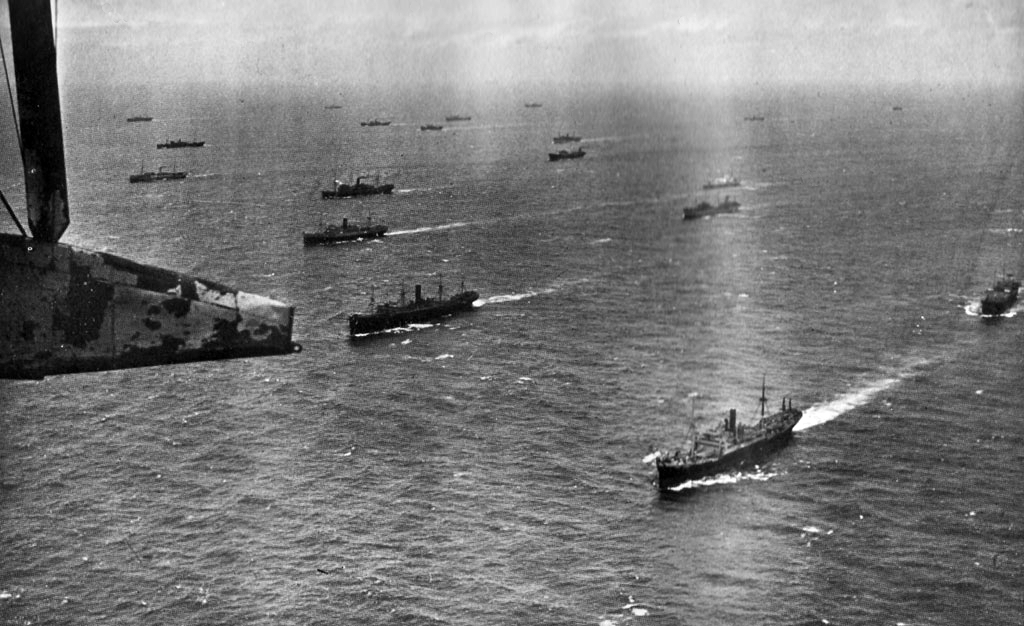
An Atlantic convoy
One of the biggest questions was the optimal size of a convoy. There was considerable dispute over this. Larger convoys were generally slower, as stationkeeping reduces the speed ships can make, and placed more stress on port facilities, decreasing theoretical cargo throughput. However, they allowed more escorts for each convoy, which should theoretically have reduced losses. On first analysis, the results were a win for the smaller convoy. The number of ships sunk per attack was essentially flat with convoy size, so larger convoys provided no real protection. However, the OR staff had two vital realizations. First, a constant loss per attack meant that a given attack killed a lower percentage of the ships in a larger convoy, which was what really mattered. Second, a large convoy was only very slightly easier to spot than a small convoy, and thus was no more likely to be attacked. More number-crunching also revealed that the number of ships sunk was in fact inversely correlated to the number of escorts, and the large convoy definitively won the battle.

Lane Victory showing her guns
One of the great challenges of OR was and is figuring out the correct objectives to measure. In a lot of cases, finding the correct framing of the question was half the battle. One example was an investigation of mounting anti-aircraft guns on merchant ships. These were expensive, and seemed ineffective. The first analysis showed that the enemy plane was only shot down in 4% of attacks, but the analysts then realized they'd been measuring the wrong thing. Even when the AA guns didn't shoot down the attacker, they might keep them at a distance and spoil their aim. Reanalysis revealed that for level bombing attacks, firing on the attacker reduced the chances of being sunk from 25% to 10%, with similar results for dive-bombing. This dramatic result ensured that merchant ships retained their AA weaponry throughout the war.
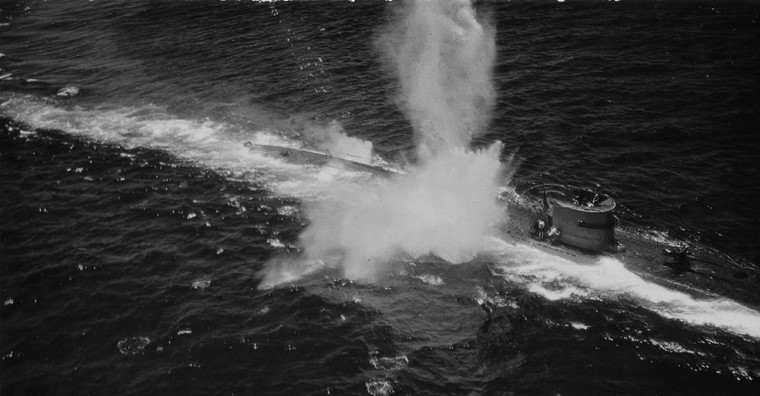
A depth charge detonating alongside U-118. Note the second depth charge about to hit the water below the explosion.
Perhaps the most dramatic example of the power of OR comes from an analysis of depth-charge settings done for Coastal Command. Coastal Command set its air-dropped depth charges to fire at a depth of 100' on the basis of some fairly basic analysis. The average time the U-boat had been out of sight when an attack was made was about 50 seconds, and it dove at 2 ft/sec. However, this produced a kill rate of only 1%. Analysts investigating the problem realized that the reason was fairly simple. A submarine would turn as soon as it was submerged, taking it well outside the 25' lethal radius of a depth charge. However, in 40% of attacks the submarine didn't spot the aircraft until very late, and was still on or near the surface when the attack was made. In these cases, the depth charges would be in the right place, but much too deep to do any damage. The depth charges were quickly changed to fire at 25' instead of 100', attacks on U-boats that had been out of sight for more than 30 seconds were abandoned, and the kill rate rose sevenfold.
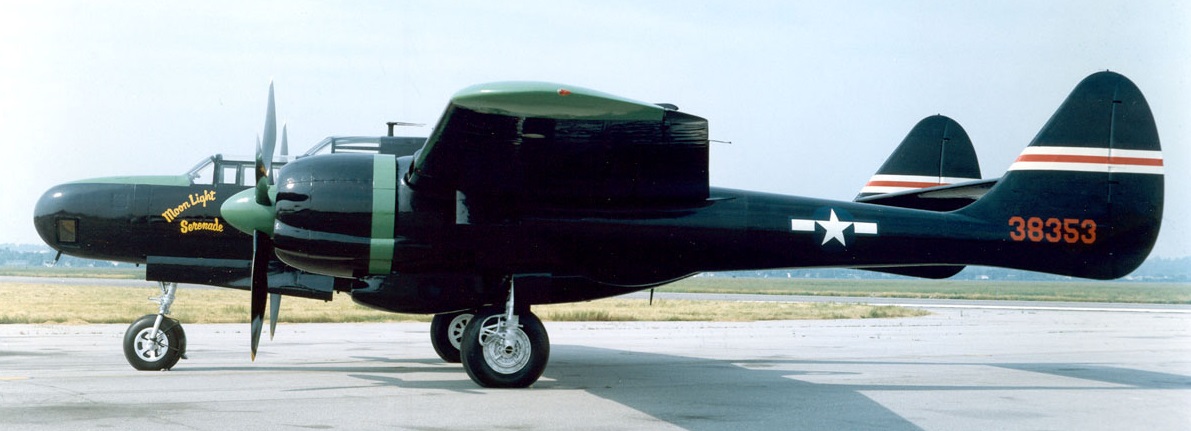
The gloss-black paint scheme of this P-61 Black Widow was determined to give the least visibility at night
Operations research groups worked not just in the Atlantic, but with naval, land and air forces worldwide. They worked out the best ways to use radar, how to station patrols, and how to balance gunnery and maneuver to thwart kamikaze attack. They investigated sonar performance, tactics, and even things such as the best paint scheme for aircraft, balancing weight, visibility and drag. The efforts of these men, mostly civilian scientists, contributed to the Allied victory as much as their better-known brethren who developed the atomic bomb. Many risked their lives serving in forward areas where they could get a first-hand look at problems, and their service is nearly unknown outside the field they spawned.
More details of the British ASW OR groups can be found in the book Blackett's War, a good non-technical account.
1 There was definitely other work which fed into OR, but I'm talking today about OR's contribution to the Battle of the Atlantic, not the history of the field as a whole. ⇑
2 Although the staff of the OR groups was hardly limited to scientists. At one point, the British told the Americans that their OR group had tried men from every profession except the law. The Americans responded by adding lawyers to their group. ⇑

Comments
My favorite example of OR was taken from the air war in Europe. Due to German flak, large numbers of bombers were lost, and bombers frequently came back with gruesome damage. In an effort to increase survivability, RAF had been attempting to armor the areas most frequently damaged, but it had not been helping increase survival rates, and the extra armor was becoming a weight issue.
I don't recall the name, but a researcher who was tasked with looking into this came to a very simple but powerful conclusion: All the damage that had been seen was from the bombers that had made it back, thus wasn't critical damage. Using this, he combined all available damage records, and found the spots where damage was never observed. These, he concluded, were the most vulnerable spots, places that if damaged would doom the aircraft. (as I recall, they mostly were hydraulic junctions) He had the armor removed from the other locations and applied to these areas, resulting in a marked decrease in losses.
I’ve heard several versions of that story. It’s most commonly attributed to Freeman Dyson, but I think I’ve also heard that one of the US groups at Columbia came up with the same concept. I didn’t include it because it’s not naval-related, and the depth-charge story made a similar point. Also, because it’s so well-known.
Edit: Did a bit more digging, and it appears that this is properly credited to Abraham Wald of the SRG at Columbia. First, Bomber Command would never do anything so sensible. Second, even Dyson's own account of his OR work does not mention this. Blackett also sometimes gets credit, but he never worked for Bomber Command.
On an unrelated note, I find it amusing that the link in the Wiki OR article for "some people credit Wald" is to LessWrong.
I've heard the same story that Chuck talks about above, except it was about fighters rather than bombers, and they armored the engine rather than the hydraulics.
Let's hope these legends have a common basis in truth.
Here's a link to the original Wald report on the method. I don't know when it was first applied, or to what. Wald was with the Statistical Research Group, which I don't know much about.
My father was part of the SRG and I got the story from him. I don't know if he played any role in it. I believe that in his version it was bombers, and I think the hydraulic system.
My memory of his description is that they had a mockup of a bomber at the base and every time a bomber came back they marked where the holes in it were on the mockup. They looked for the areas that were not marked, since bombers with holes there were the ones not coming back.